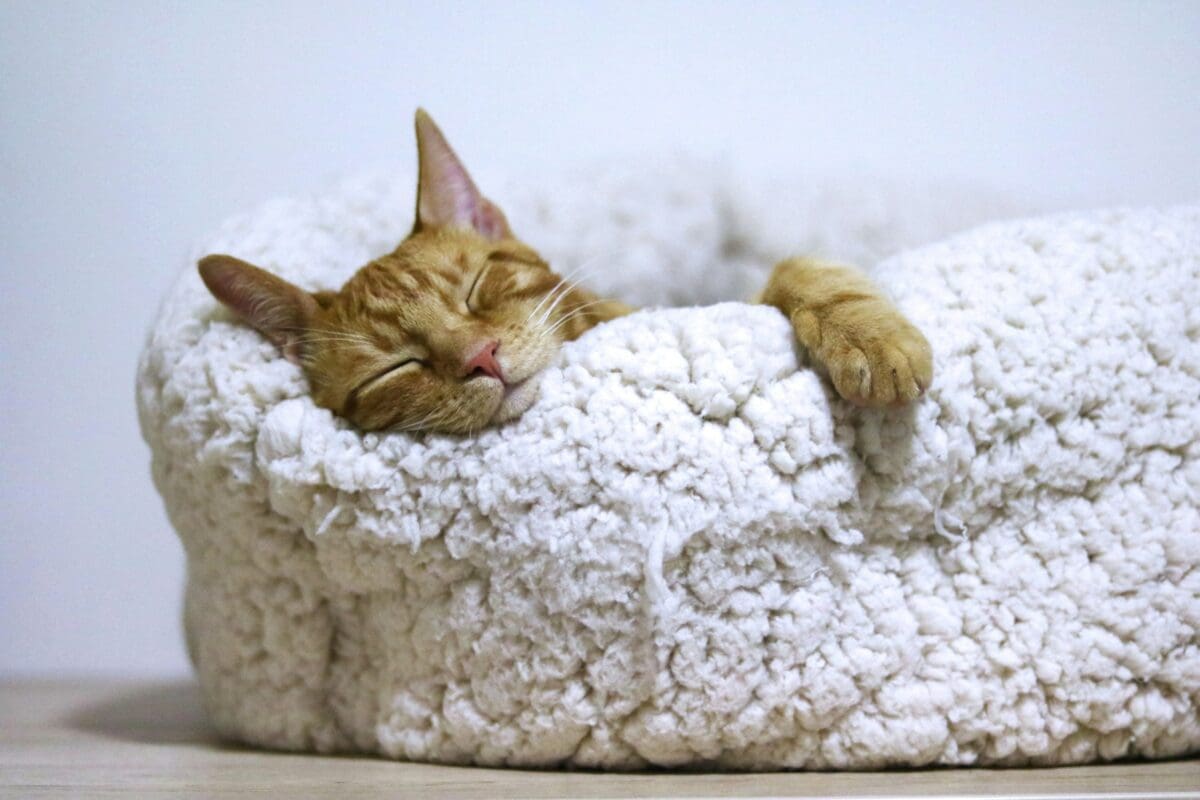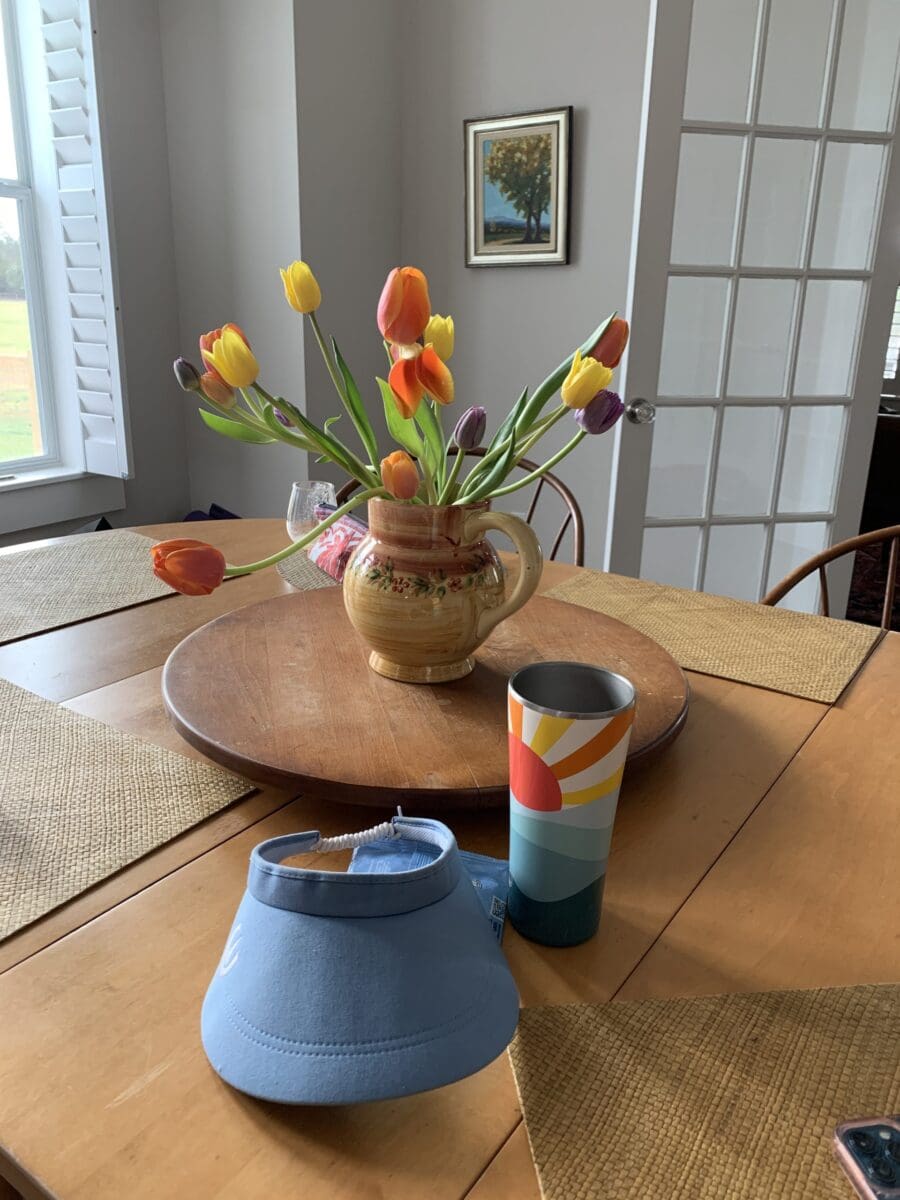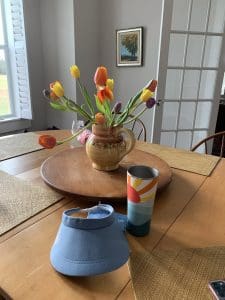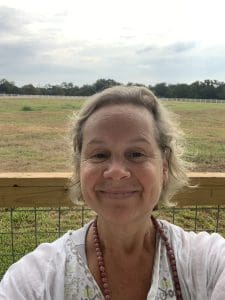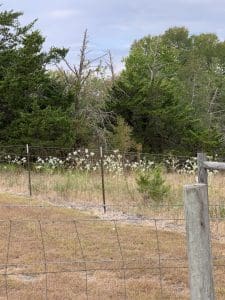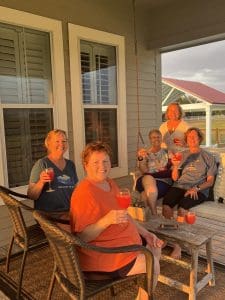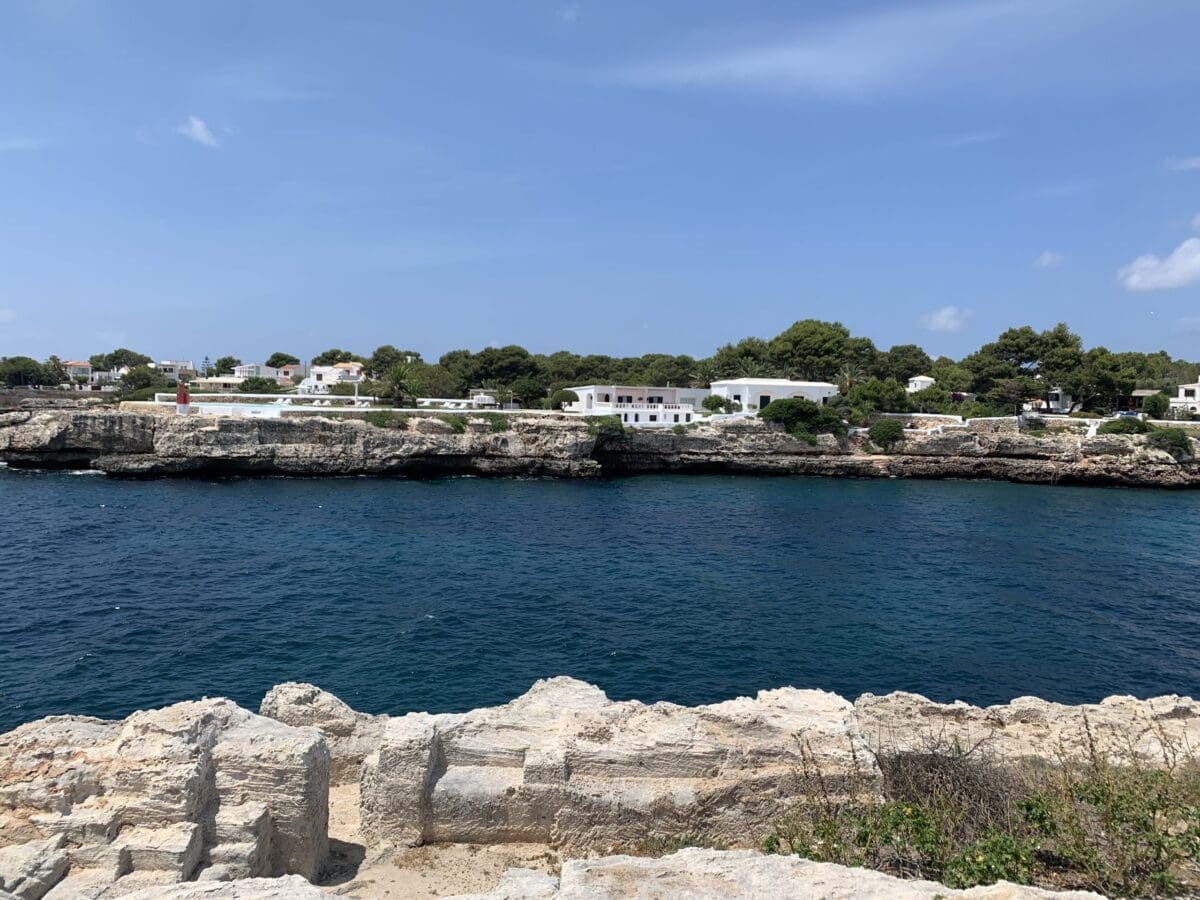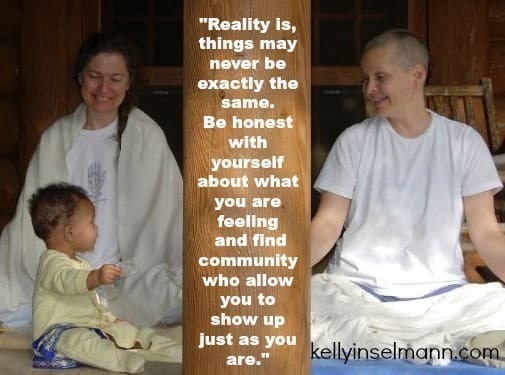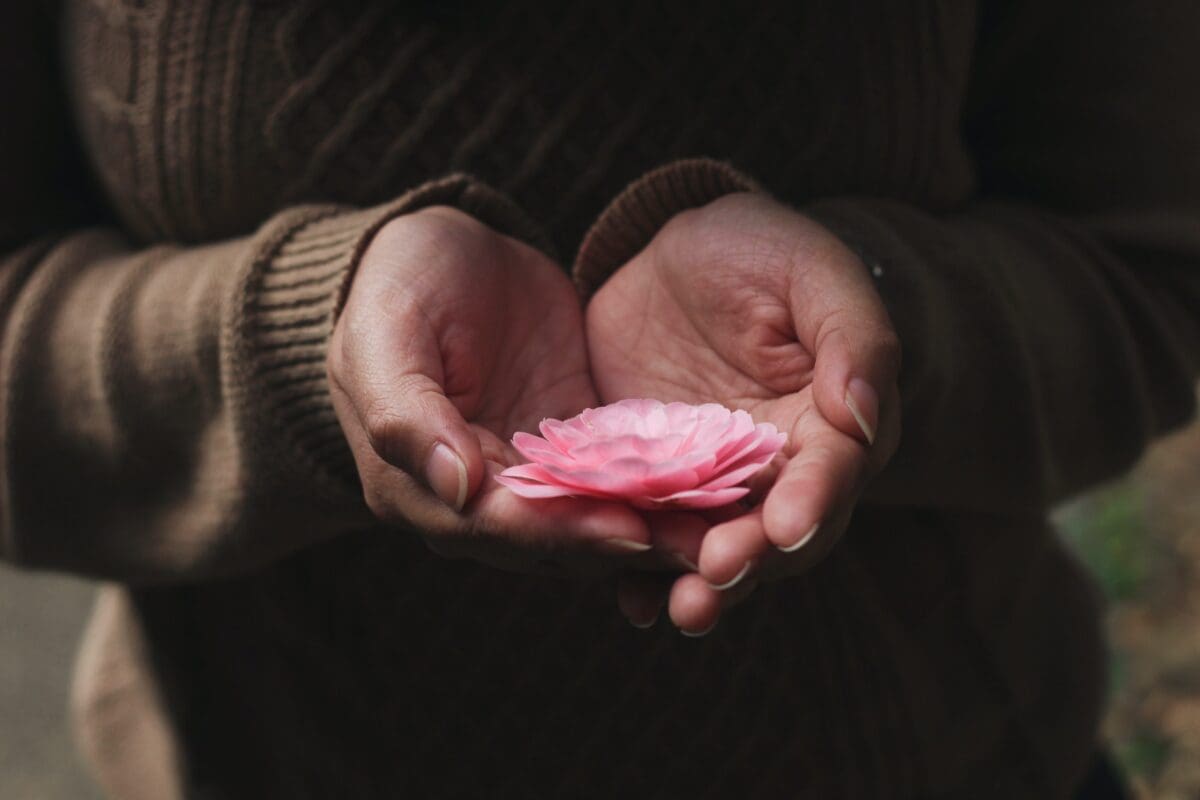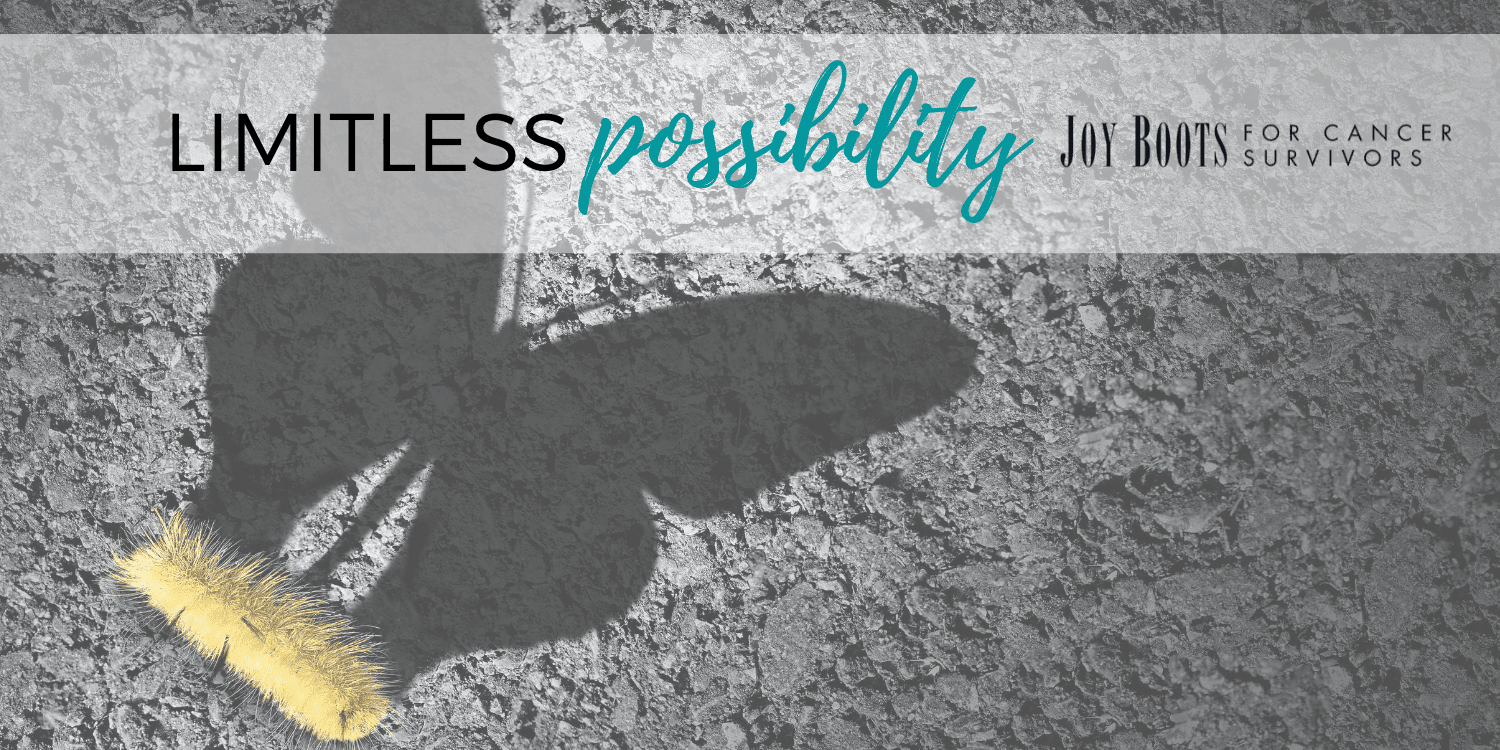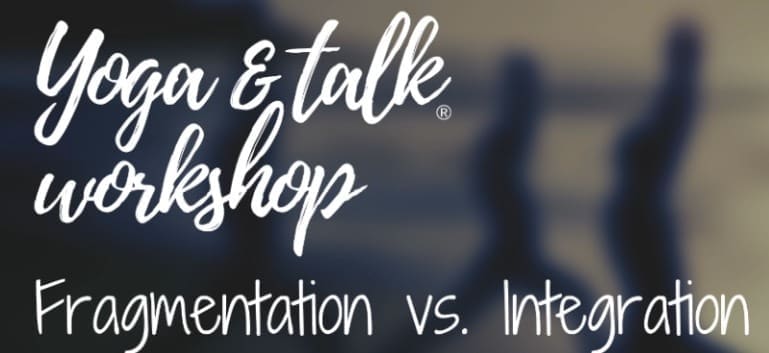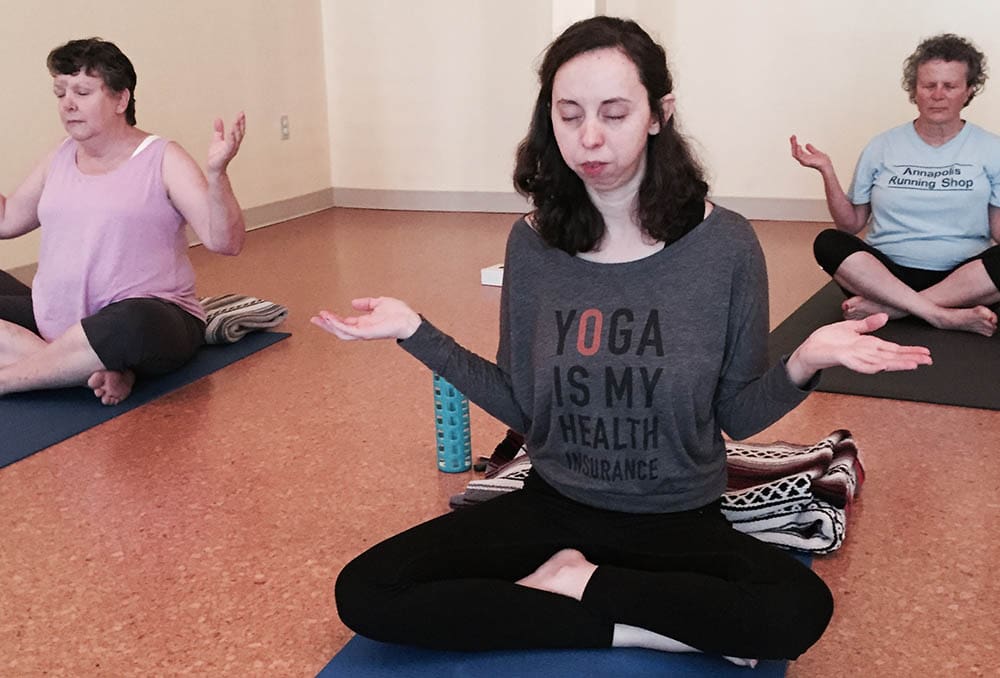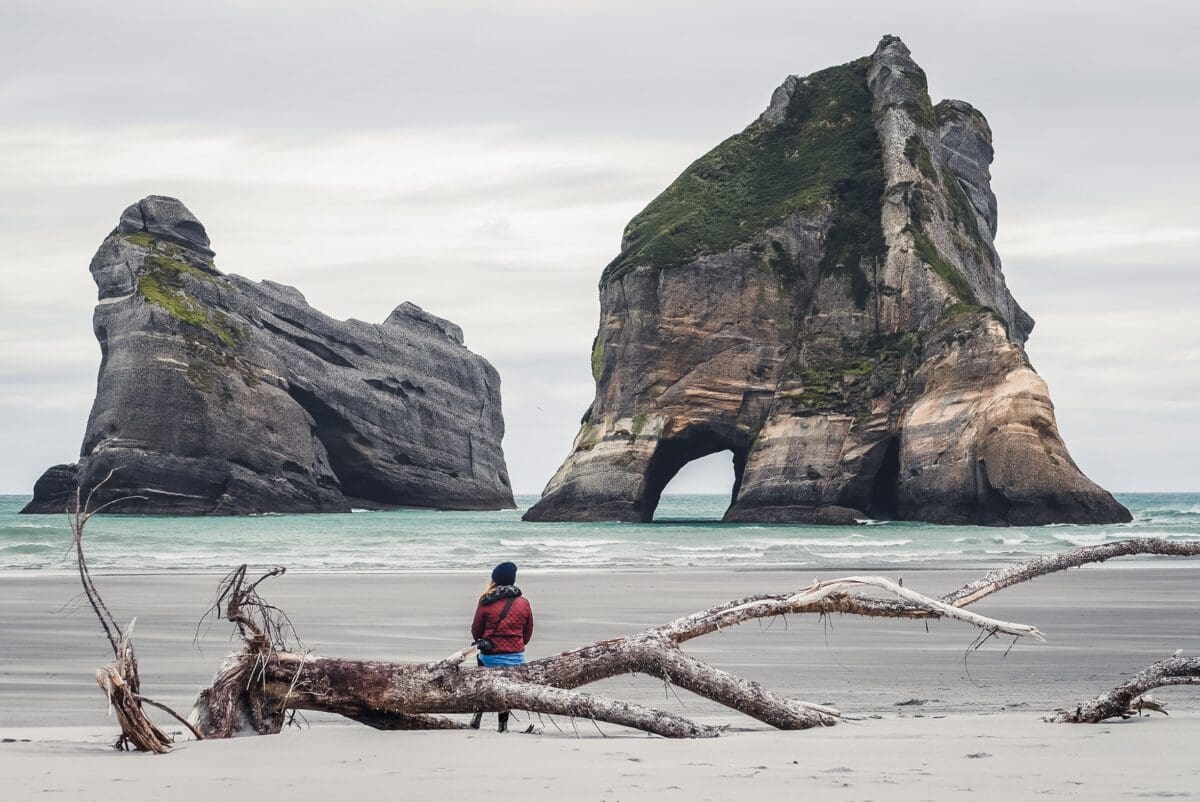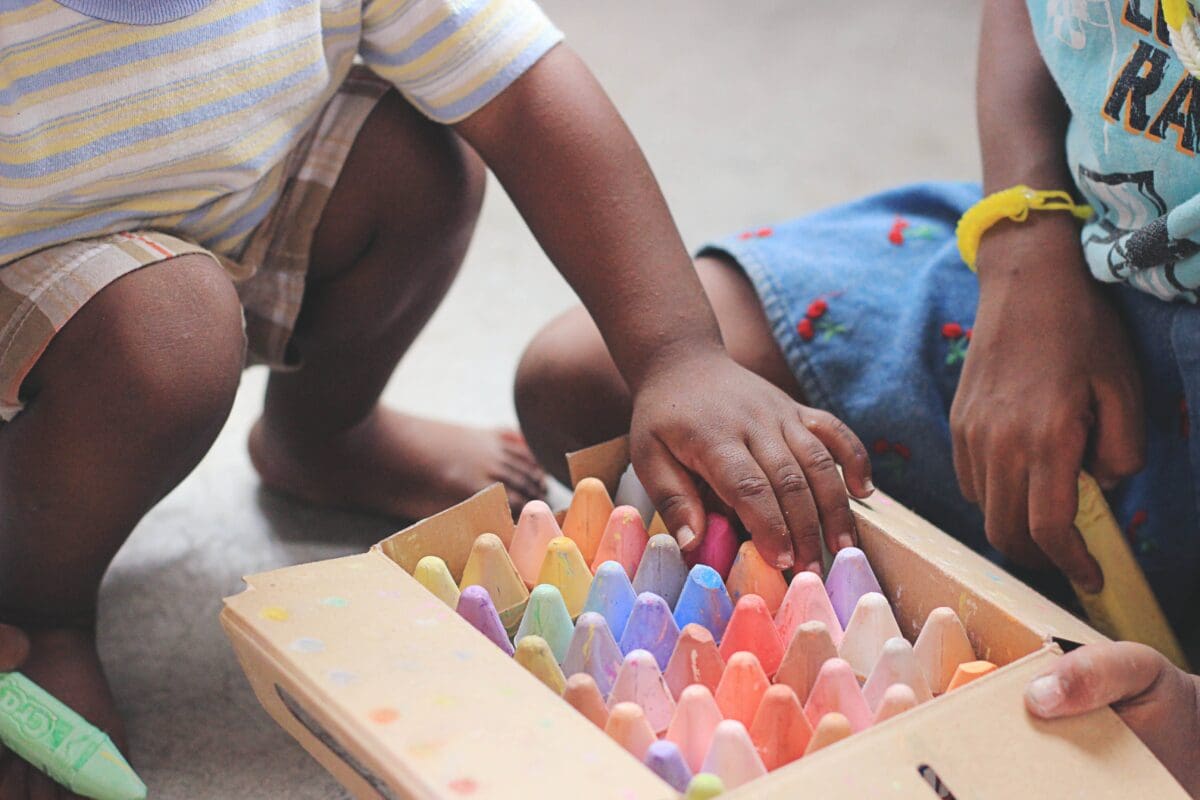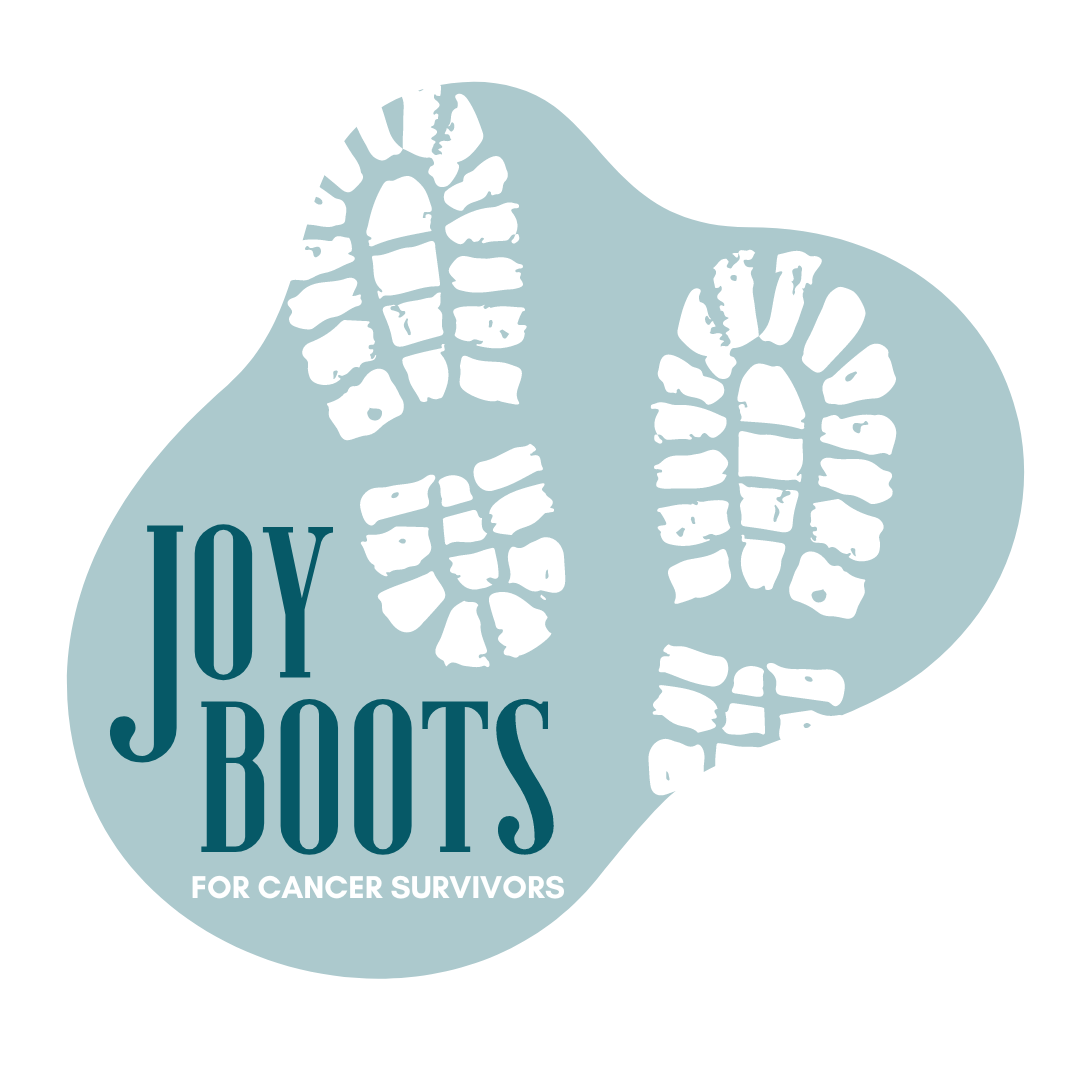When my daughter was a toddler, at Montessori school, she learned many important life skills. Lately, I’m reminded of one in particular.
It is the ability to “make room.”
When the children would crowd up trying to see something, start a new activity, or gather around a snack table, one child might be behind the others, trying to get in, but blocked or pushed aside. “Let’s make room for our friend,” the teacher would gently say, and the little group would part to include the new person.
The lesson wasn’t shaming, as early childhood lessons can sometimes be, depending on who is delivering it. This cue was gentle – a reminder that the space was not fixed or rigid. Everyone could fit if there was willingness and flexibility. Nobody had to be left out.
Make room.
This is not a phrase I grew up knowing. I grew up in a competitive, achievement oriented environment that did not value vulnerability.
There were no adults gently saying “make room.” It was more like “You snooze, you lose!” “No pain, no gain,” “Finders keepers,” and, well, you know the rest.
Of course, focusing on a goal inspires action and toughness and hard work.
But the gentleness of making room for others is such a tender practice for me to learn with my daughter. Anytime I say it to a child, they do it with grace and eagerness. It acknowledges the legitimacy and right of everyone to participate. It grants the choice to be generous and inclusive.
Making room is also an important part of healing emotionally and physically from the effects of cancer and cancer treatment. People struggle tremendously with so-called “negative” emotions – anger, pain, loss, fear, grief, and often are convinced that it they allow a “negative” thought, feeling, or sensation to have space at the table of awareness, it will take over and destroy everything.
We squelch these feelings because they are uncomfortable or painful. But you simply cannot outrun (or out squelch) yourself and your experiences forever, as much as many of us would like to be able to do!
I’ll admit it. I’m on a mission to encourage people to begin to make room inside themselves for their feelings, instead of attempting to repress, deny or escape them.
Imagine there is room for everything to be present. Don’t feel like you have to push anything away. Imagine that your thoughts and feelings have the right to be here with you, whatever they are, part of your human experience.
Take a few long deep breaths.
Have the intention of spending a few moments observing and allowing the feeling to be present, just one of the crowd of thoughts and feelings. Experiment with not pushing it away for a few moments.
It’s a simple, subtle, practice, this making room inside yourself. Simple, but not easy. Eventually the goal is to befriend the difficult sensation, thought or emotion, so that it’s not an enemy at the gate.
But you don’t have to move so quickly.
You can begin by entertaining the idea of generously making room at the table to include a more vulnerable part of yourself, just as the children make way to include a new friend.

